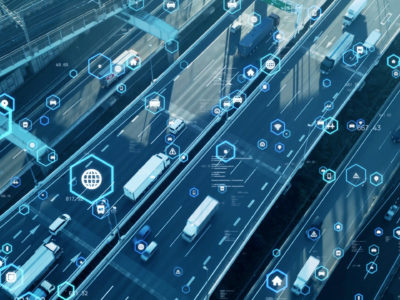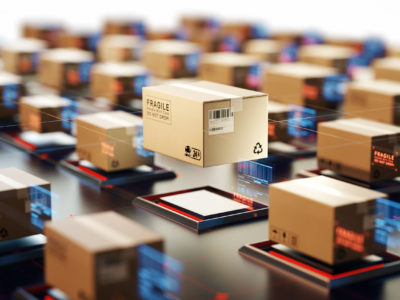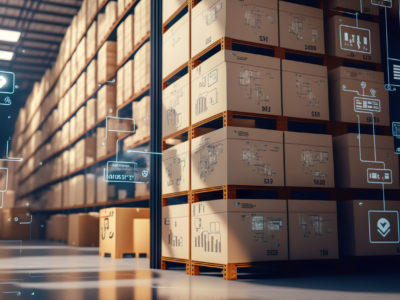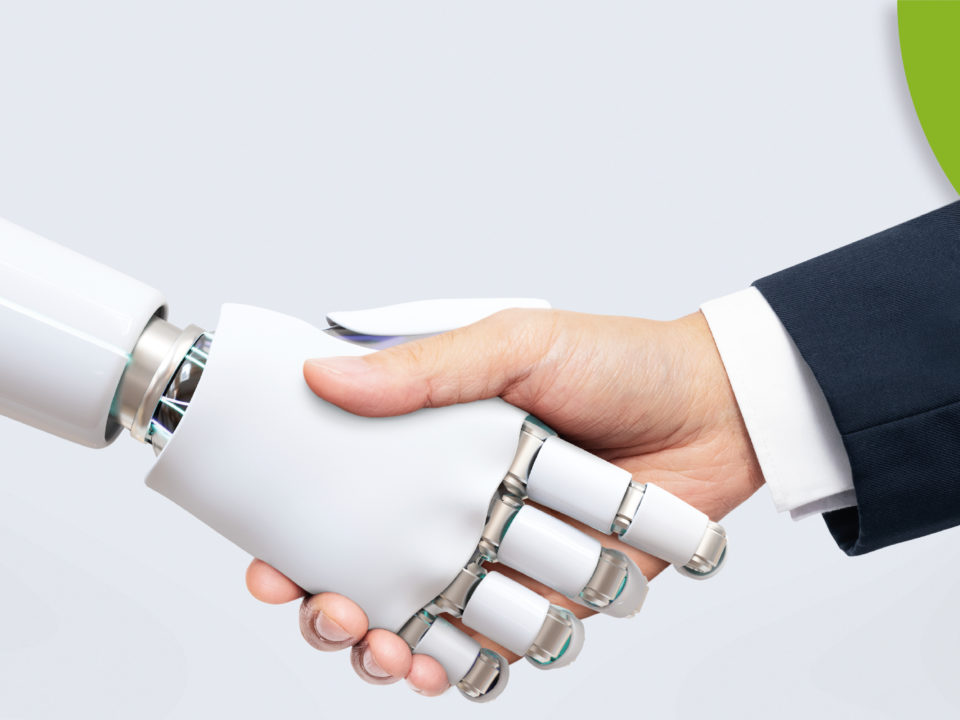
Data Analytics: Unveiling the Hidden Power of Information
June 3, 2024Manufacturing and Logistics Transformation: Exploring the Potential of Digital Twins
Digital transformation has come to stay, and an increasing number of companies are seeking to implement new technologies to improve their processes and increase efficiency. In this context, digital twins have become a key tool for the transformation of manufacturing and logistics. In this article, we will explore how digital twins are transforming these sectors and what their benefits and challenges are
What are digital twins in manufacturing and logistics?
A digital twin is a virtual representation of an object or system in real time. In the context of manufacturing and logistics, a digital twin can represent a machine, a production line, a warehouse, a transportation network, among other elements. The digital twin is built from real-time data obtained from sensors, control systems, and other connected devices.
Let’s consider, for example, the process of manufacturing cookies in a food manufacturing company. The company has a production line consisting of several machines, each with its own temperature sensor, humidity sensor, and other control parameters.
To implement a digital twin in this process, data is collected from the machines’ sensors in real time. This data is used to create a virtual model of the production line, accurately representing all machines and control parameters in the manufacturing process.
The advantage of digital twins is that they allow for simulation and optimization of processes in real time. By having a virtual representation of the object or system, tests and experiments can be conducted to improve efficiency and reduce costs before implementing changes in the physical world.
In the cookie example, it allows for simulating different scenarios and experimenting with production changes without affecting the physical process. For instance, one could simulate reducing the cookie baking time to save energy and improve the final product’s quality. By simulating this change in the digital twin, potential consequences can be observed, ensuring that the expected objectives are met without affecting real production.
How do digital twins transform manufacturing and logistics?
Optimization of manufacturing processes: Digital twins allow for simulating different scenarios and analyzing their impact on the production process. Thus, opportunities for improvement can be identified in real time, and changes can be applied to enhance efficiency and reduce costs.
Downtime reduction: By having a virtual representation of a machine or production line, potential issues can be identified before they occur in the physical world. This allows for taking preventive measures to avoid downtime and the costs associated with equipment repair.
Improvement in planning and inventory control: Digital twins provide a real-time view of inventory levels and product demand. This enables better planning and inventory control to reduce costs and avoid overproduction or stock shortages.
Optimization of transportation routes and schedules: Digital twins can simulate different transportation routes and schedules to identify the best option in terms of costs and delivery times. Thus, transportation routes and schedules can be optimized to reduce costs and improve efficiency.
In summary, digital twins are an innovative technology that is changing the way companies in manufacturing, logistics, and other industries work. By allowing companies to see how their processes work in real time, identify potential problems, and take measures to solve them, digital twins are helping to improve efficiency, reduce costs, minimize errors, and enhance precision across a wide variety of industries. As technology continues to evolve, we are likely to see increased adoption of digital twins in the future and further optimization and efficiency in the industry






